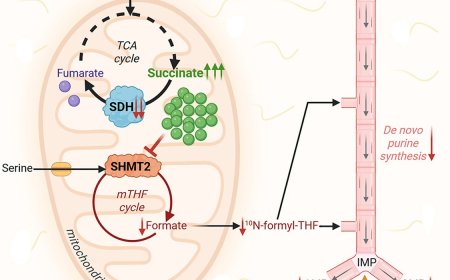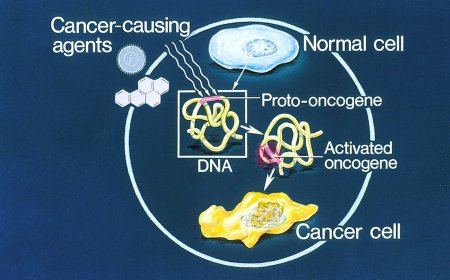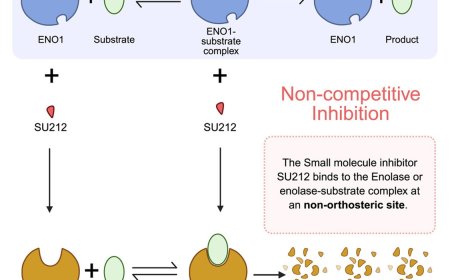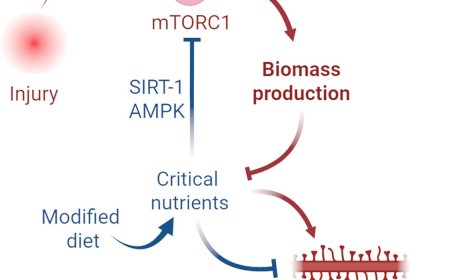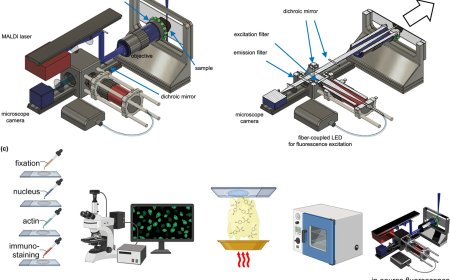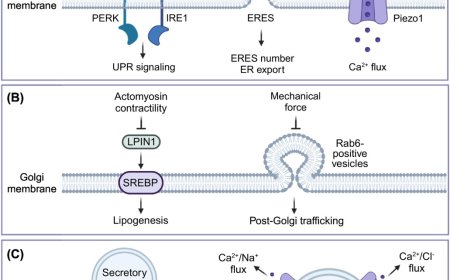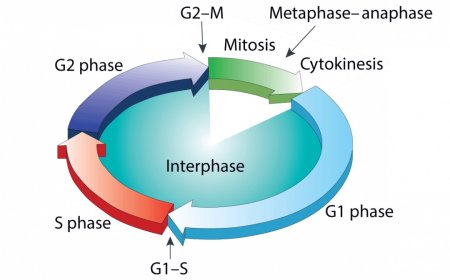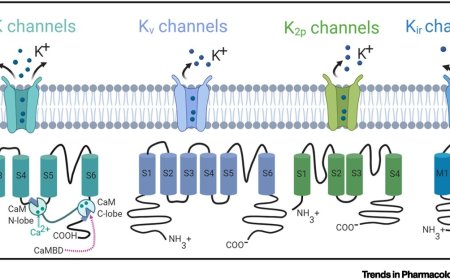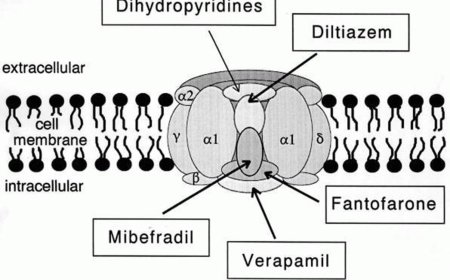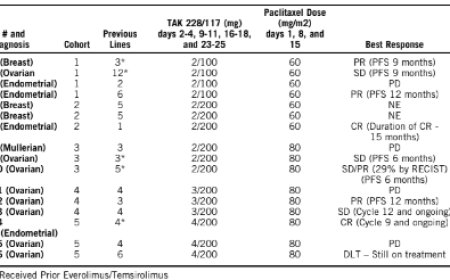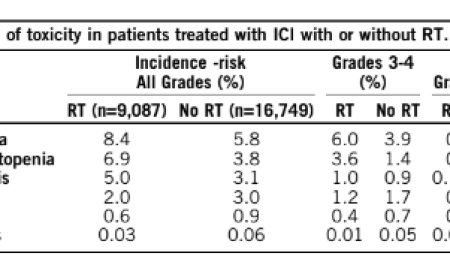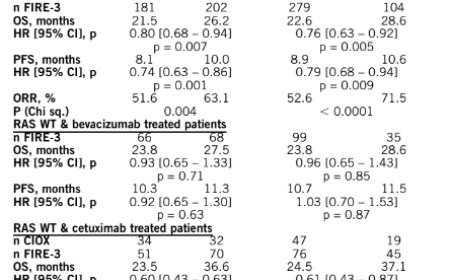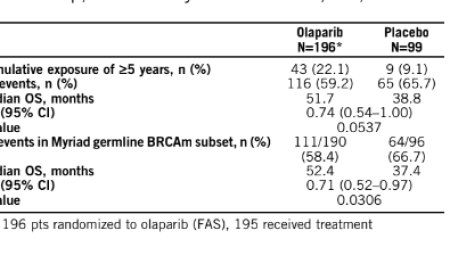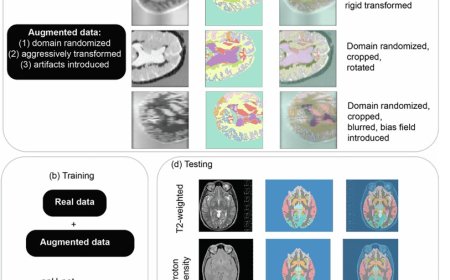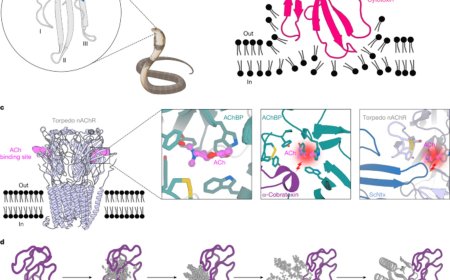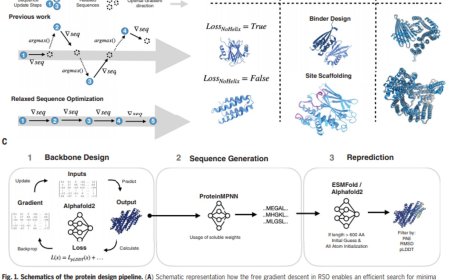3D temperature mapping inside living tissue using light and AI
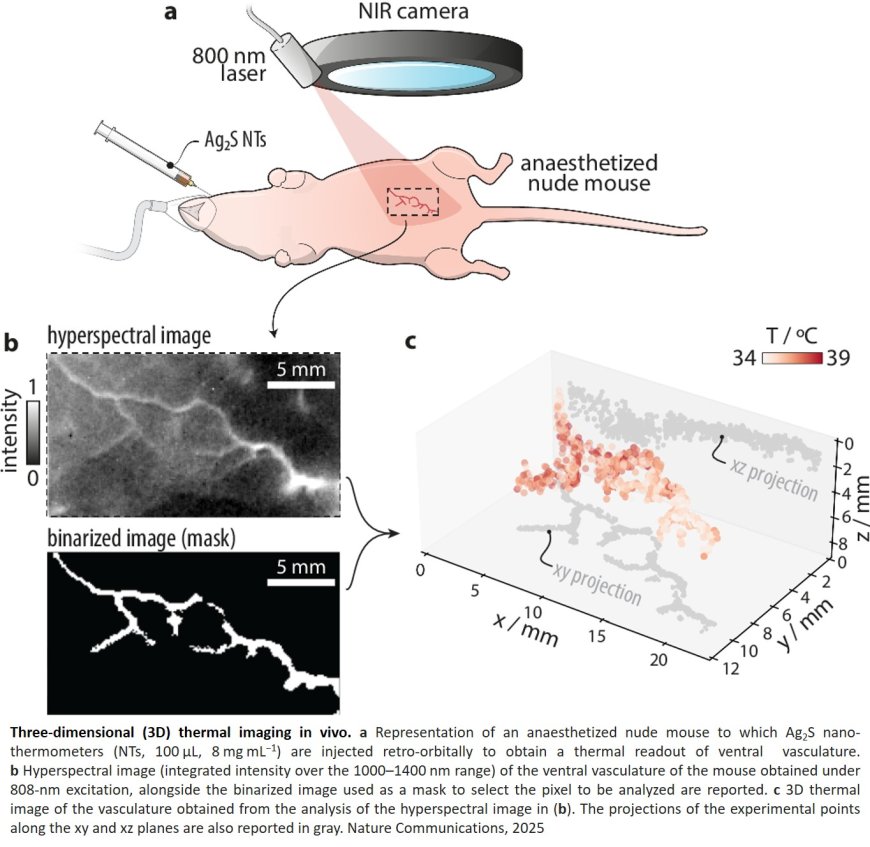
A team of researchers has developed a groundbreaking technique that maps temperature in three dimensions within biological tissue, using invisible light and artificial intelligence.
The approach, just published in Nature Communications, could transform how we monitor temperature inside the human body, potentially improving early disease detection and treatment monitoring, without the need for costly or invasive imaging technologies.
“We’re turning optical distortions, usually considered a problem, into a source of information,” says one of the lead authors of the study. “With this method, we can detect both how hot a tissue is and how deep it lies beneath the surface.”
The method relies on luminescent nanothermometers, ultra-small particles made of silver sulfide (Ag₂S) that glow in the near-infrared when stimulated by light. The color and intensity of that glow depend on both the temperature of the particle and the amount of biological tissue the light has to pass through.
To decode these subtle spectral shifts, the team trained a dual-layer neural network on hundreds of hyperspectral images collected under different conditions. The result is a model that can reconstruct accurate, three-dimensional thermal maps of tissue, even under biologically complex scenarios.
Proof-of-concept experiments demonstrated the system’s ability to detect temperature gradients in both artificial tissue phantoms and real biological samples. The researchers also succeeded in mapping blood vessels in a living animal, marking the first time that remote, high-resolution 3D thermal imaging has been achieved using light alone.
While conventional techniques like fMRI or PET scans require costly equipment and specialized training, this new optical method is portable, safer, and significantly less expensive, potentially enabling diagnostics even outside the hospital setting.
Beyond temperature sensing, the same principles could be adapted to measure other vital parameters such as oxygen concentration and pH, by tailoring the optical properties of the nanoparticles.
https://www.nature.com/articles/s41467-025-59681-7
https://sciencemission.com/three-dimensional-temperature-bioimaging
